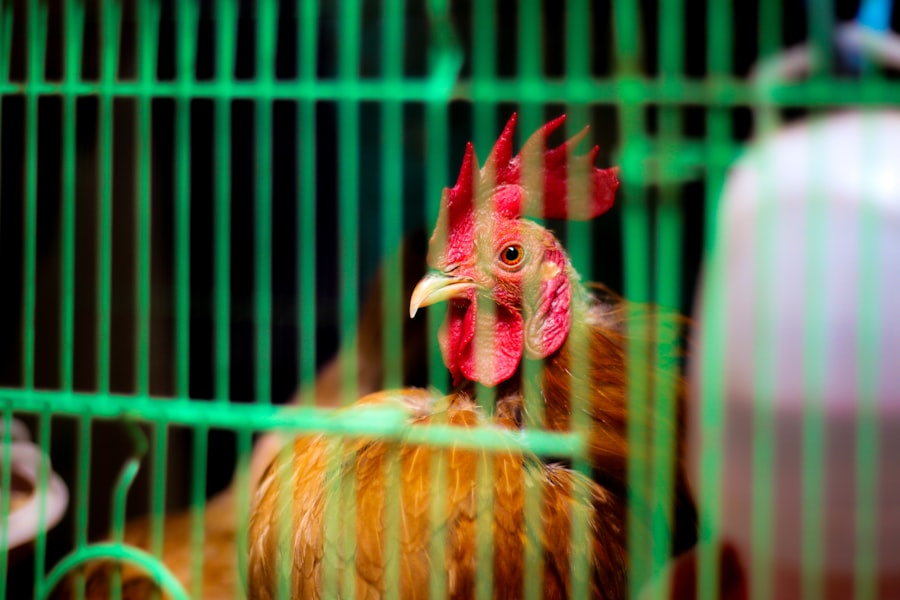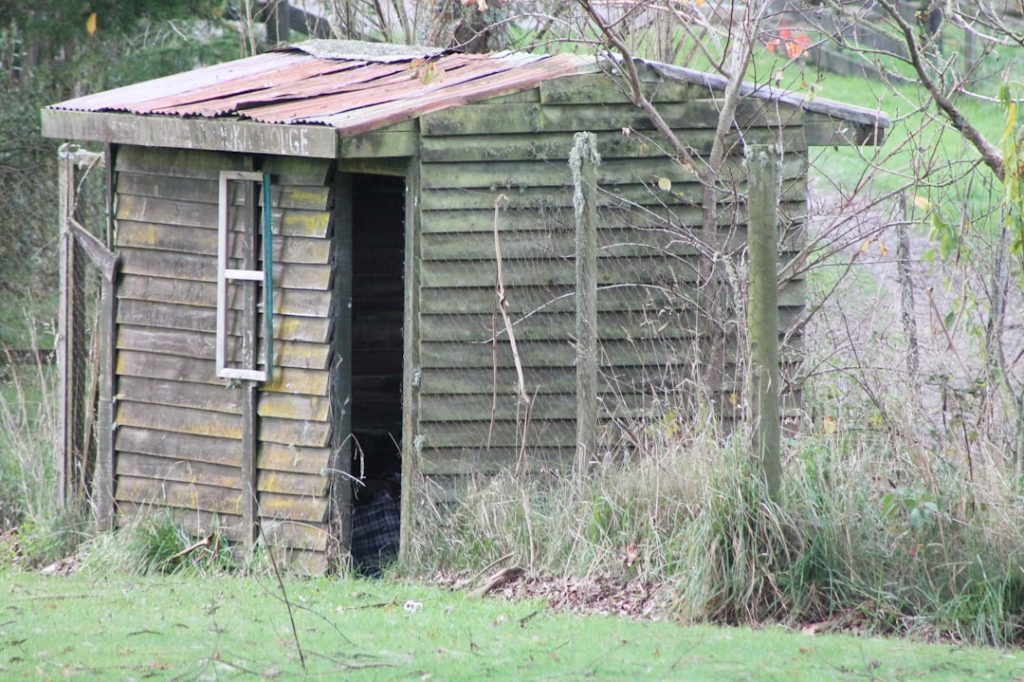Understanding canine behavior is essential for creating a harmonious and safe environment for both dogs and their owners. Dogs exhibit various behaviors, including barking, digging, chewing, and aggression, each serving different purposes. Barking can be a form of communication, alerting owners to potential dangers or seeking attention.
Digging is a natural instinct for dogs, often used to bury objects, escape confinement, or alleviate boredom. Chewing helps relieve stress, boredom, or teething discomfort. Aggression may stem from fear, territorial instincts, or perceived threats.
Breed-specific behavior is another important aspect to consider. Different breeds have distinct temperaments and tendencies. For instance, herding breeds may exhibit nipping or chasing behaviors, while hunting breeds often have a strong prey drive.
Understanding these breed-specific traits can help owners better manage their dog’s actions. Additionally, interpreting canine body language is crucial for understanding their behavior. Tail wagging, raised hackles, and ear position can indicate a dog’s mood and intentions.
Environmental factors also play a significant role in canine behavior. Dogs are highly sensitive to their surroundings, and changes in their environment can trigger certain behaviors. Factors such as noise, temperature, and social interactions can influence a dog’s actions.
Loud noises may cause anxiety and fear, leading to excessive barking or destructive behavior. Extreme temperatures can affect a dog’s energy levels and willingness to engage in activities. Social interactions with other animals or humans can also impact a dog’s behavior, potentially causing feelings of threat or anxiety.
By understanding these environmental influences, owners can make appropriate adjustments to create a more comfortable and secure environment for their dogs.
Table of Contents
Key Takeaways
- Understanding the behavior: Recognize the signs of aggressive behavior in dogs and understand the triggers that may cause it.
- Creating a safe environment: Ensure that the dog has a secure and comfortable space to prevent aggressive behavior.
- Training techniques: Use positive reinforcement and consistency in training to modify aggressive behavior in dogs.
- Providing distractions: Use toys and activities to redirect the dog’s attention away from potential triggers of aggression.
- Using deterrents: Consider using deterrents such as muzzles or calming pheromones to help manage aggressive behavior in dogs.
- Seeking professional help: Consult with a professional dog trainer or behaviorist for expert guidance in addressing aggressive behavior.
- Monitoring progress: Keep track of the dog’s behavior and progress in managing aggression, and make adjustments to training as needed.
Creating a Safe Environment
Physical Space and Safety
Providing a secure physical space for a dog involves ensuring that the living area is free from hazards and potential dangers. This includes removing toxic plants, securing fences and gates, and keeping harmful objects out of reach. Additionally, providing a comfortable resting area with access to food and water is crucial for a dog’s safety and comfort.
Social interactions play a significant role in creating a safe environment for a dog. Introducing them to other animals and people in a controlled and positive manner can help reduce anxiety and aggression. Socialization also helps prevent fear-based behaviors and promotes healthy relationships with others.
Mental Stimulation and Routine
Mental stimulation is another important aspect of creating a safe environment for a dog. Providing toys, puzzles, and interactive games can help prevent boredom and destructive behaviors. Mental stimulation also promotes cognitive development and overall well-being. Furthermore, establishing routines and boundaries can contribute to a safe environment for a dog. Consistent feeding schedules, exercise routines, and training sessions help create predictability and stability for the dog. Setting clear boundaries and rules also helps prevent confusion and anxiety in dogs.
Training Techniques

Training techniques play a crucial role in shaping a dog’s behavior and promoting positive interactions with their owners and others. Positive reinforcement is one of the most effective training techniques for dogs. This involves rewarding desired behaviors with treats, praise, or toys to encourage the dog to repeat those actions.
Positive reinforcement creates a positive association with certain behaviors and helps build trust between the dog and its owner. Another effective training technique is using clicker training. Clicker training involves using a clicker device to mark desired behaviors followed by a reward.
The sound of the clicker serves as a clear signal for the dog that they have performed the desired action correctly. Clicker training helps dogs understand what is expected of them and facilitates clear communication between the owner and the dog. Additionally, using desensitization and counterconditioning techniques can help address fear-based behaviors in dogs.
Desensitization involves gradually exposing the dog to the source of fear in a controlled manner to reduce their anxiety response. Counterconditioning involves changing the dog’s emotional response to the source of fear by pairing it with something positive such as treats or play. Moreover, training techniques such as obedience training and agility training can help improve a dog’s behavior and overall well-being.
Obedience training teaches dogs basic commands such as sit, stay, come, and heel, which are essential for communication and control. Agility training provides mental and physical stimulation for dogs while improving their coordination and obedience. Overall, using effective training techniques is essential in shaping a dog’s behavior and fostering a positive relationship between the dog and its owner.
Providing Distractions
Providing distractions for a dog is an effective way to redirect their attention from unwanted behaviors and prevent boredom. Dogs are naturally curious and energetic animals, and providing them with appropriate distractions can help channel their energy into positive activities. Toys such as chew toys, puzzle toys, and interactive toys can keep dogs engaged and mentally stimulated.
Chew toys are particularly beneficial for dogs as they satisfy their natural instinct to chew while promoting dental health. Puzzle toys provide mental stimulation for dogs by challenging them to figure out how to access treats or toys hidden inside. Interactive toys such as balls or frisbees encourage physical activity and playtime with the owner.
Furthermore, providing enrichment activities such as scent games, hide-and-seek, or treasure hunts can keep dogs mentally engaged and prevent boredom. Scent games involve hiding treats or toys around the house or yard for the dog to find using their sense of smell. Hide-and-seek games with the owner provide mental stimulation while strengthening the bond between the dog and its owner.
In addition to toys and enrichment activities, regular exercise is an important distraction for dogs. Daily walks, runs, or playtime in the yard help release excess energy and prevent destructive behaviors caused by boredom or lack of physical activity. Overall, providing distractions for a dog is essential in preventing unwanted behaviors and promoting mental and physical well-being.
Using Deterrents
Using deterrents can be an effective way to discourage unwanted behaviors in dogs by associating those behaviors with negative consequences. There are various types of deterrents that can be used to modify a dog’s behavior, including sound-based deterrents, scent-based deterrents, taste deterrents, and visual deterrents. Sound-based deterrents such as ultrasonic devices emit high-frequency sounds that are unpleasant to dogs but inaudible to humans.
These devices can be used to deter barking, digging, or jumping on furniture by emitting a sound when the unwanted behavior occurs. Scent-based deterrents use aversive scents such as citronella or bitter apple to discourage dogs from engaging in certain behaviors such as chewing on furniture or digging in the yard. These scents are unpleasant to dogs and can help deter them from repeating the unwanted actions.
Taste deterrents such as bitter sprays or gels can be applied to objects that dogs are prone to chew on or lick. The unpleasant taste discourages dogs from continuing the behavior by creating a negative association with the object. Visual deterrents such as motion-activated sprinklers or barriers can be used to deter dogs from entering certain areas or engaging in specific behaviors.
Motion-activated sprinklers startle dogs with a burst of water when they approach a restricted area, while barriers such as baby gates or pet barriers prevent access to certain spaces. Overall, using deterrents can help modify a dog’s behavior by associating unwanted actions with negative consequences without causing harm or fear.
Seeking Professional Help

What Can a Certified Dog Trainer Do?
A certified dog trainer can provide personalized training plans tailored to address specific behavioral issues in dogs, such as aggression, anxiety, fearfulness, or compulsive behaviors. They can also offer guidance on obedience training, socialization, and management strategies to improve the overall behavior of the dog.
The Role of a Certified Behaviorist
A certified behaviorist specializes in addressing complex behavioral issues in dogs that may require more intensive behavior modification techniques or therapeutic interventions. They have advanced knowledge of canine behavior and psychology and can develop comprehensive behavior modification plans to address underlying emotional or psychological issues in dogs.
The Importance of Ruling Out Medical Conditions
In some cases, seeking professional help may also involve consulting with a veterinarian to rule out any underlying medical conditions that could be contributing to the dog’s behavior. Medical issues such as pain, discomfort, or neurological disorders can manifest as behavioral problems in dogs and may require medical intervention.
Monitoring Progress
Monitoring progress is crucial when implementing behavior modification strategies for dogs to assess the effectiveness of the interventions and make necessary adjustments as needed. Keeping track of the dog’s behavior through observation, documentation, and regular assessments helps evaluate the impact of training techniques, management strategies, or professional interventions. Observation involves closely monitoring the dog’s behavior in various contexts such as at home, during walks, or interactions with other animals or people.
Observing changes in body language, vocalizations, reactions to stimuli, and responses to commands provides valuable insights into the progress of behavior modification efforts. Documentation involves keeping records of the dog’s behavior patterns, triggers for unwanted actions, responses to training techniques or management strategies, and any changes in behavior over time. This information helps identify patterns or trends in the dog’s behavior and track improvements or setbacks.
Regular assessments involve evaluating the dog’s progress through formal evaluations conducted by a certified trainer or behaviorist. These assessments may involve conducting behavior tests, obedience trials, or structured interactions with other animals or people to measure changes in the dog’s behavior. Based on the observations, documentation, and assessments, adjustments can be made to training techniques, management strategies, or professional interventions to better address the dog’s behavioral needs.
In conclusion, monitoring progress is essential in ensuring that behavior modification efforts are effective in addressing the underlying causes of unwanted behaviors in dogs and promoting positive changes in their behavior over time.
If you’re looking for tips on how to keep your cat from chasing chickens, you may also be interested in learning about the best kind of coop for chickens. Check out this article on what kind of coop is best for chickens to ensure your feathered friends have a safe and secure place to roost.
FAQs
What are some effective methods to keep a cat from chasing chickens?
Some effective methods to keep a cat from chasing chickens include providing a secure and elevated coop for the chickens, using deterrents such as motion-activated sprinklers or ultrasonic devices, and training the cat using positive reinforcement techniques.
Why do cats chase chickens?
Cats have a natural hunting instinct, and they may chase chickens as part of their predatory behavior. Additionally, chickens may appear as prey to cats due to their size and movements.
Are there any products available to help keep cats away from chickens?
Yes, there are products available such as motion-activated sprinklers, ultrasonic devices, and chicken coop doors with automatic closing mechanisms that can help keep cats away from chickens.
How can I train my cat to not chase chickens?
You can train your cat to not chase chickens by using positive reinforcement techniques such as rewarding the cat for ignoring the chickens, providing alternative sources of entertainment for the cat, and using deterrents to discourage the behavior.
What are some signs that a cat may be about to chase chickens?
Some signs that a cat may be about to chase chickens include crouching or stalking behavior, dilated pupils, and focused attention on the chickens. It’s important to intervene and redirect the cat’s behavior before it escalates.
Meet Walter, the feathered-friend fanatic of Florida! Nestled in the sunshine state, Walter struts through life with his feathered companions, clucking his way to happiness. With a coop that’s fancier than a five-star hotel, he’s the Don Juan of the chicken world. When he’s not teaching his hens to do the cha-cha, you’ll find him in a heated debate with his prized rooster, Sir Clucks-a-Lot. Walter’s poultry passion is no yolk; he’s the sunny-side-up guy you never knew you needed in your flock of friends!







